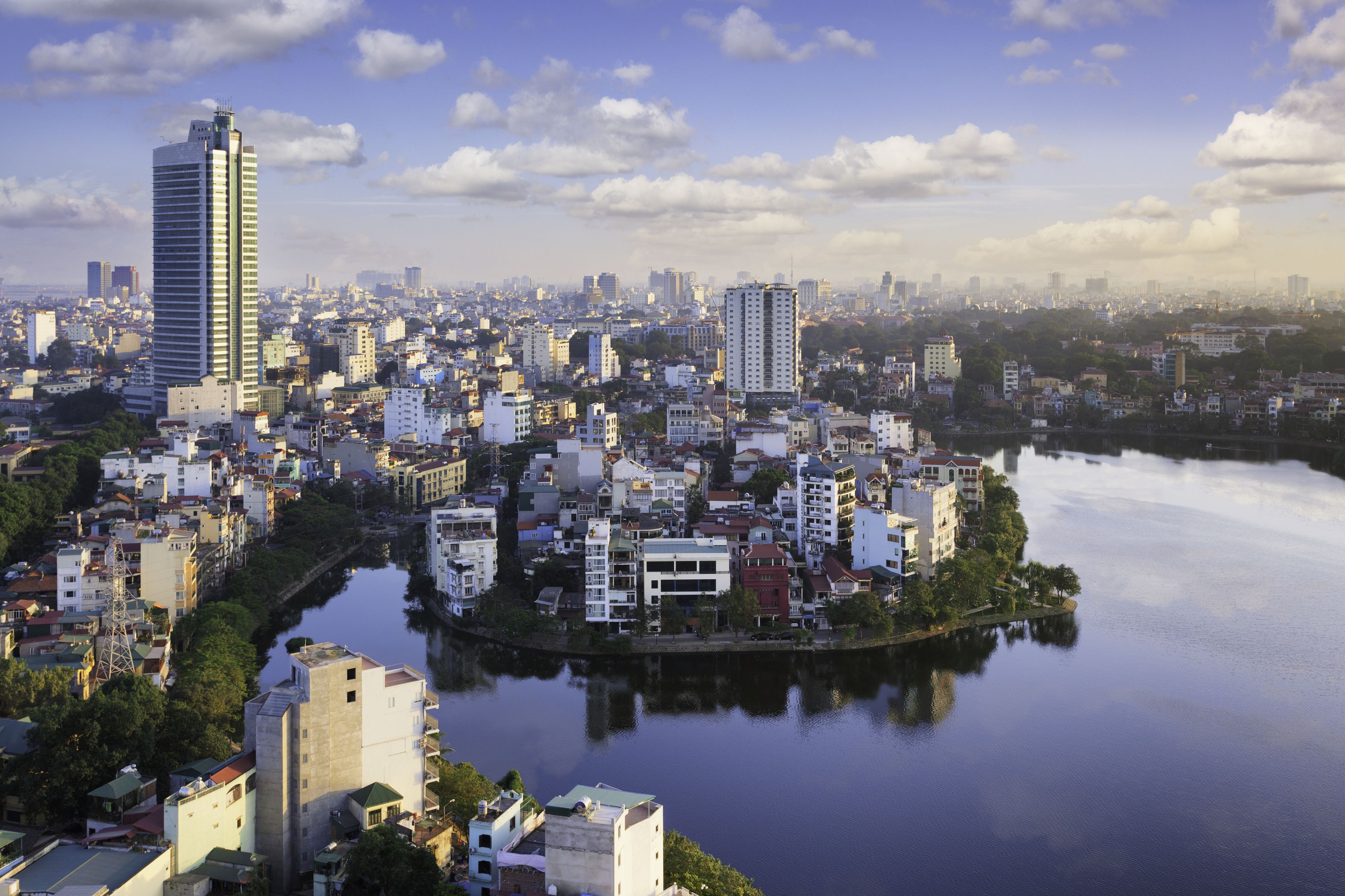From 63 to 34: VietnamŌĆÖs New Map and What It Means for Travelers
In a sweeping move that reshapes the way we look at Vietnam, both politically and geographically, the Central Government has officially approved a bold reform: reducing the number of provinces and centrally governed cities from 63 to just 34. While the decision is set, the ripple effects are already being felt across different sectors, including tourism.
So, what does this mean for travelers, businesses, and the future of exploring Vietnam? LetŌĆÖs break it down with My Vietnam Tours.
When Did Vietnam Change Its Map and Why?
The change was officially made in June 2025, following months of review and consultation. ItŌĆÖs the first major overhaul of VietnamŌĆÖs administrative boundaries in decades, and arguably the most transformative one.
Under this new plan, multiple smaller provinces were consolidated into larger administrative units. The goal? Streamline governance, reduce overlapping functions, boost efficiency, and better allocate public resources. Especially in areas where populations were either too sparse or administrative operations were duplicated.

VietnamŌĆÖs map before June 2025.

VietnamŌĆÖs map after the reshaping.
How Many Cities And Provinces Are There In Vietnam Now?
The country is still divided into 3 key parts: the North, Central, and South, but many familiar provincial names may no longer exist on their own. Vietnam now has 28 provinces and 6 cities that do not belong to any provinces at all. Those 6 cities are: Hanoi, Hai Phong, Hue, Da Nang, Ho Chi Minh City, Can Tho.┬Ā

34 Provinces and Cities after merging. Source: Baochinhphu.vn
Key Highlights of the New Administrative Map
Ho Chi Minh City Becomes a ŌĆ£Mega-CityŌĆØ
One of the most significant changes is the creation of a new mega-urban zone in southern Vietnam. Ho Chi Minh City is now officially merged with Binh Duong and Ba Ria-Vung Tau, forming the most populous administrative unit in the country.
Total Population after merger: ~13.5 million residents. Specifically:
- HCMC: 9.456 million
- Binh Duong: 2.8 million
- Ba Ria-Vung Tau: 1.19 million
This zone is not only large in numbers but also in influence. It’s a core part of the Southern Key Economic Region, accounting for a significant portion of the national GDP, and home to VietnamŌĆÖs busiest port (Cai Mep ŌĆō Thi Vai), industrial zones, and major airports.

After the merger, the new Ho Chi Minh City will become the most powerful metropolis in the country. Photo: lesrivesexperience
Top 3 Most Densely Populated Areas
Even after the reshaping, the density rankings havenŌĆÖt changed much at the top:
- Hanoi: 2,555.5 people/km┬▓
- Ho Chi Minh City: 1,565 people/km┬▓
- Hai Phong: 1,060 people/km┬▓
Hanoi stands out among the unmerged provinces, boasting the highest population density in the country, nearly 2,555 people/km┬▓, far ahead of all others.

Hanoi, one of the 6 centrally-governed cities that remained the same after the reorganization.┬Ā
Smallest Province By Area After Merger
The merger of Hung Yen and Thai Binh into one Hung Yen province has created VietnamŌĆÖs smallest province by area at just 2,514.8 km┬▓. Despite its size, it has a high population density of 1,265 people/km┬▓, reflecting the urban sprawl and economic development of the Red River Delta region.

Hung Yen province after June 2025
How Will This Affect the People and Tourists?
For Vietnamese Locals
Because of the merging provinces policy, Vietnamese residents will need to update their personal identification, land use documents and many other paperwork. Local business owners will also need to re-register company addresses for tax and legal purposes.┬Ā
For International Travelers
Some popular tourist provinces may now be part of a newly named region. Travel apps & maps like GPS, travel platforms, and booking websites may take time to update. So if youŌĆÖre planning to visit Vietnam after June 2025, make sure to double-check your itinerary. For example, if you previously visited Vung Tau beach, itŌĆÖs now considered part of Ho Chi Minh City under the new structure.┬Ā
Final Thoughts
VietnamŌĆÖs map may look different on paper but the countryŌĆÖs charm, natural beauty and local warmth remain just as compelling as the first time you visited. Pro tip for travelers? Doing a bit of research before traveling is always a smart move to help you make the most of your journey.┬Ā
At My Vietnam Tours, weŌĆÖre here to guide you through these changes. Follow us on Facebook, Instagram, and Website for more latest travel updates, itinerary tips, and insider insights as Vietnam moves into a bold new chapter.┬Ā

